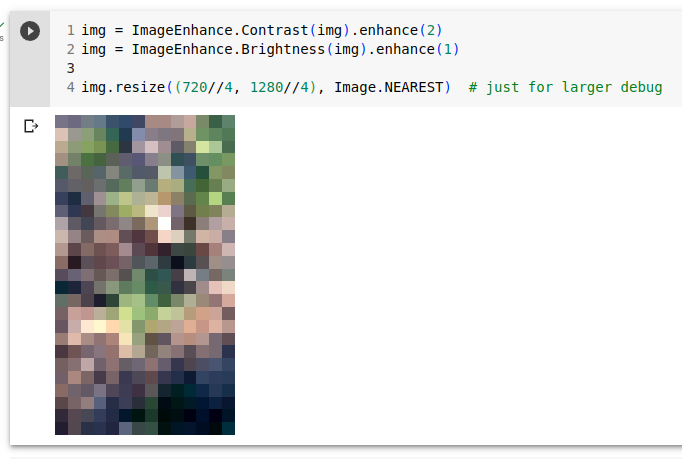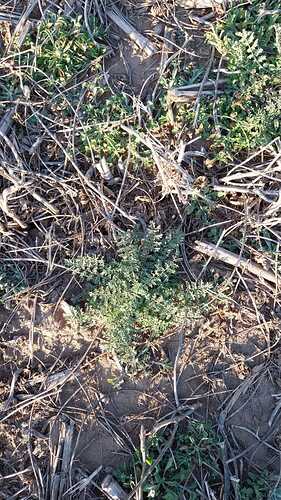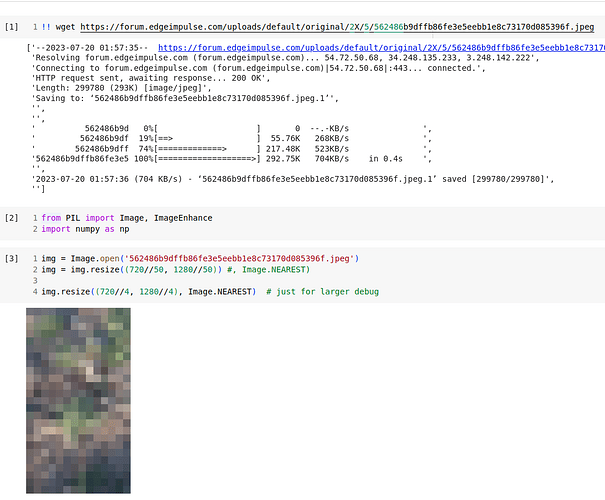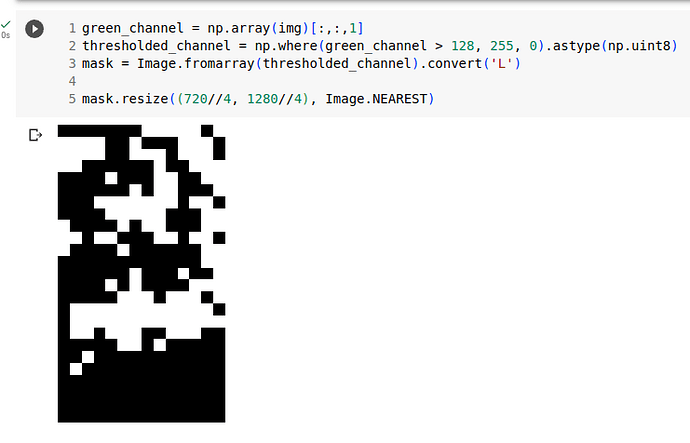Hello everyone
I would like to know the scope that has been achieved with Edge Impulse in the detection of weeds or plants for selective spraying.
Our team has experience in the field but so far we have not carried out selective work which is for the benefit of the health of the planet.
I send some images and I open the debate among all to find the best path in development.
Simplifying all green objects in this planting stage must be detected.
Thanks, Mario from Argentina
How many different weeds or plants do you need to identify? If the count is low I would use the EdgeImpulse FOMO method.
I wonder if you could use a thermal camera to crop out parts of the image and then feed the cropped RGB image to a simple EdgeImpulse image classifier.
1 Like
Thank for your answer!
The first step it is necessary to detect any green plant and your idea could solve the detection we will investigate thermal.
Thanks, Mario
@mghersi65
Could you just downsample this RGB image ( to, say, 10x20 ) and then threshold a value on the G channel ?
cheers, Mat
I’ve worked with autonomous farming robots in the past and this baseline approach has worked surprisingly well. e.g. consider the following of downsample, colour adjustment and then a threshold…
you can tune the brightness and contrast adjustments, either by hand or by treating those as hyperparameters ( i.e. actually optimising them with labelled data ) but by hand and eye balling is probably enough…
v2 would be seeing how far you can get with something put together from skimage.measure — skimage 0.21.0 documentation
and v3 is treating the whole thing as coarse segmentation using a neural net but you get lucky with something much simpler

1 Like
Hi Mat
Thank for your advise.
I’m dealing with the color and the results are much better than AI searching the plant like an object.
Thanks, Mario
1 Like
I reckon you’ll be able to get a long way with just colour based approaches. If nothing else it can act as a good preprocessing step for data collection if you need to later use some ML to get a more complex answer out of your data
Cheers, Mat



